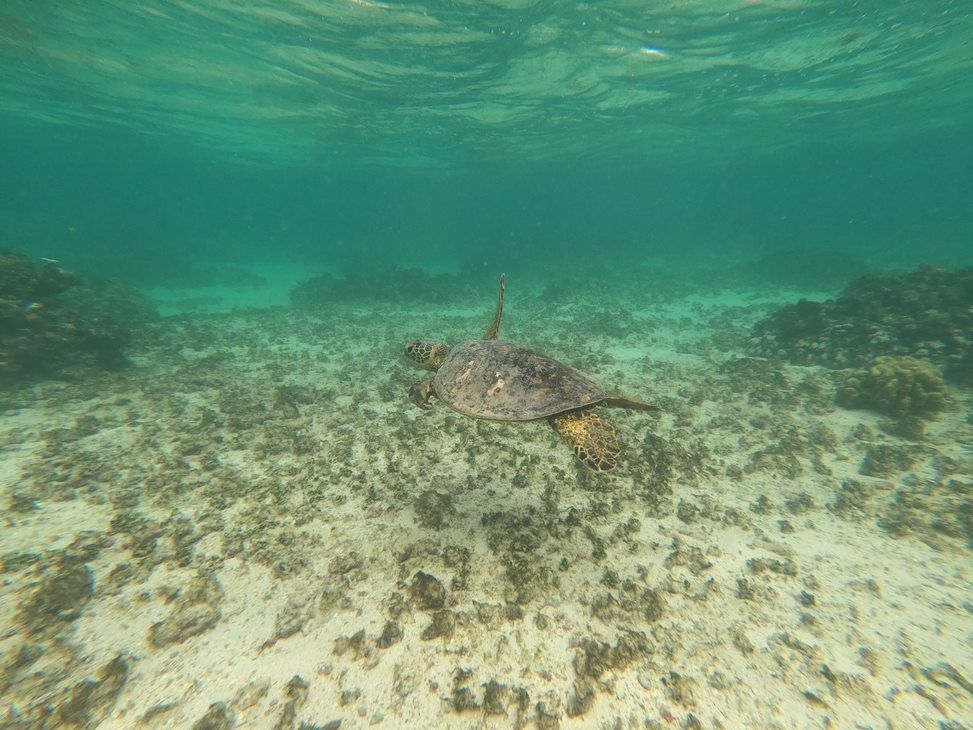Research visit in Hawaii

Francesca Verones spent July and August 2022 on Oahu and Big Island, Hawaii for a research visit to continue working on the issues of how plastic pollution is affecting the marine ecosystem. She focused especially on how plastic and invasive species are perceived to impact important marine ecosystem services in the region, amongst others tourism, fisheries and biodiversity itself. Francesca carried out numerous interviews with people from academia, NGOs, federal and state agencies to elucidate the question of how plastic is impacting marine ecosystem services in the region.
It was a very interesting and informative stay. While the Hawaiian Islands are contributing to plastic pollution it was very interesting to learn that indeed a large part of the plastic that is found ashore an in Hawaiian waters are being transported here from the Pacific Garbage Patch. This is especially true for things like fishing nets (in the islands fishermen mostly use long-lines) and eel traps. In addition, it makes a big difference how the currents are going, which are, for example, influenced by whether it is an El Niño or a La Niña year. In La Niña years, like this year, there is much less plastic found on the beaches of the Hawaiian islands.
Still, even though the beaches on the islands are stunning, especially on the Northern and Eastern sides of them plastic pieces can be found daily. They range from small microplastics to large objects like fishing nets, plastic crates and boxes, flip flops and the odd stuffed animal (we found two of those during our stay here, which were both cleaned and adopted by our children).
We did also see the consequences of plastic entanglement first hand. On the beach in front of our house we could observe a green sea turtle who was missing a limb. It may have lost the limb through a shark attack, but the likelihood of it having been entangled in fishing line is large. If turtles get entangled with their flippers, they may be strong enough to rip the fishing line apart and continue swimming, but the fishing line will constrict around their flipper, impacting the blood flow and the turtle may lose its limb (or dies from sepsis). Another time, one of the interviews Francesca was performing on Maui had to be postponed on a very short notice, because the interviewee had to go on a turtle rescue mission. Every year they rescue between 150 and 200 turtles that got entangled in Maui alone, almost 90% of them are entangled in fishing gear. Fortunately, the majority of them can be rescued successfully and be released back to the wild after a rehabilitation period.
Now, we return with a lot of data and impressions from this research stay to Norway.
Aloha!

